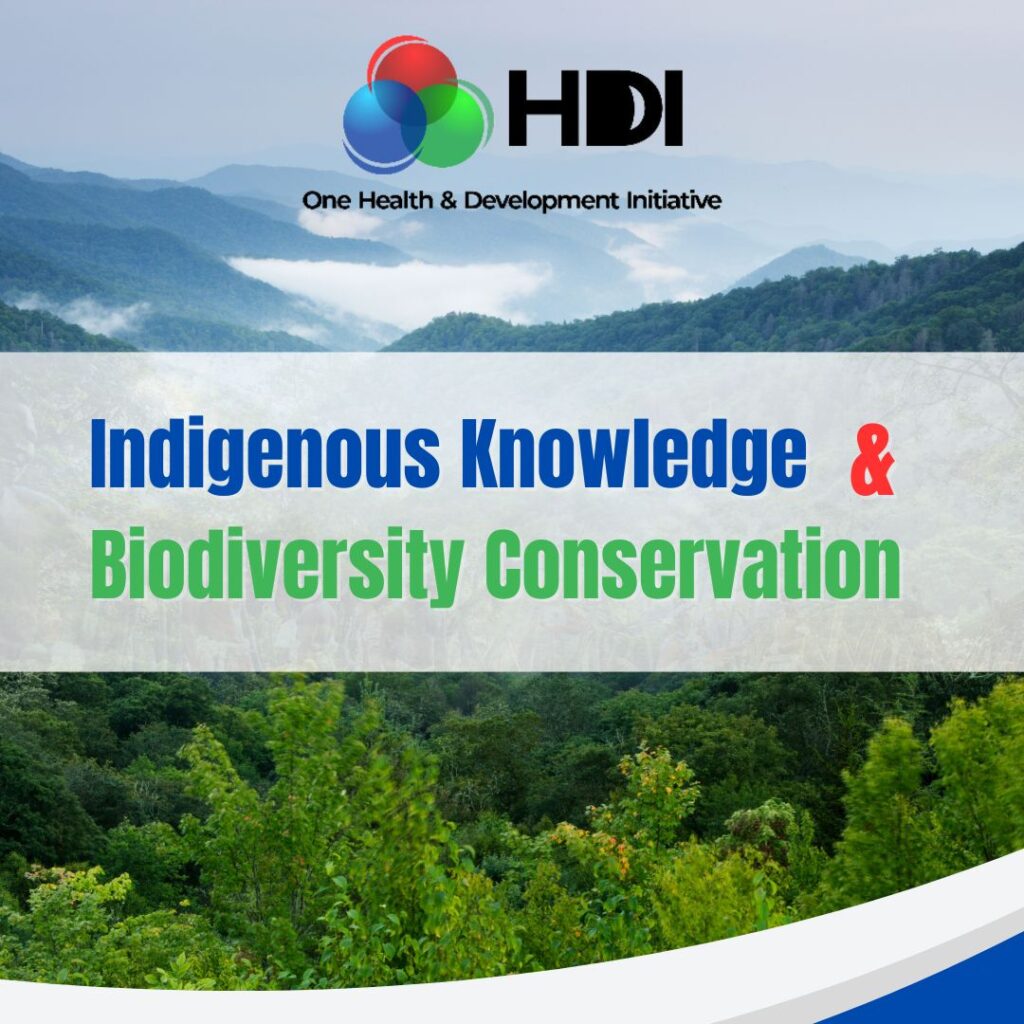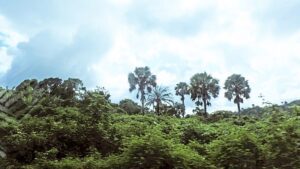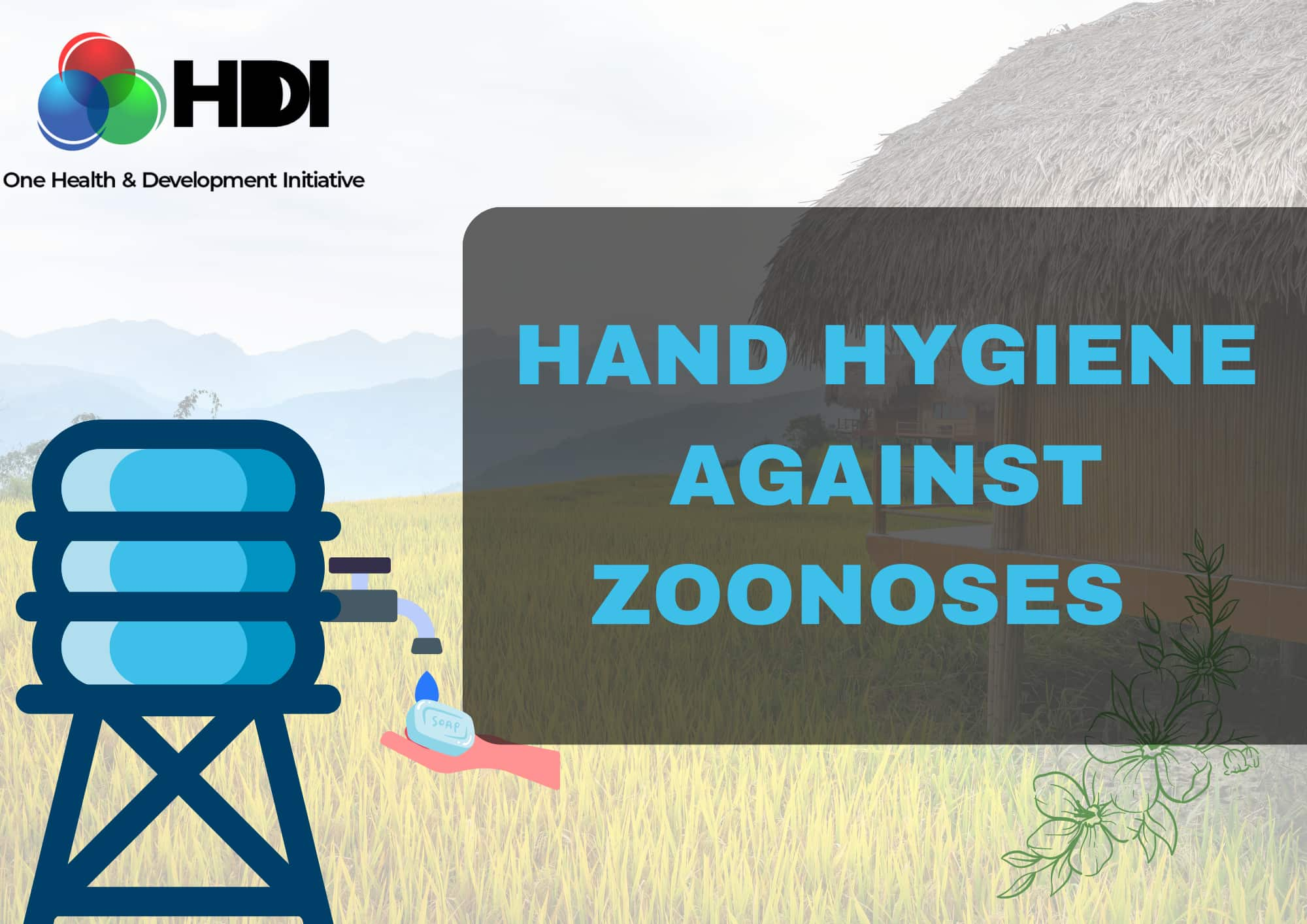
Biological diversity (Biodiversity) is an essential aspect of our environment, encompassing the various life forms in a given area. Healthy biodiversity is vital for the survival of humans, animals and the planet’s overall health. With almost half a billion of the global population identified as indigenous people, protecting 80% of the world’s biodiversity, it is important that we incorporate indigenous knowledge into our conservation efforts.
Who are Indigenous People?
Indigenous people are the dwellers of a region and have lived there for generations. The World Bank Group describes them as those belonging to a specific social and cultural group with common ancestral ties to the natural resources, including land on which they inhabit, exist, or have been displaced. They represent nearly 6% of the global population.
These people have a unique way of life, culture, language, and knowledge of their natural environments. They have been recognised for their valuable contributions to addressing environmental concerns, including climate change, sustainable development, and biodiversity conservation. Indigenous people possess certain traditional knowledge passed from generation to generation.
Why Indigenous Knowledge?
Indigenous knowledge, also known as local or traditional knowledge passed across generations, is often characterised by a deep understanding of local environments, optimal resource management strategies, changes in seasons and species living in such ecosystems. Simply put, indigenous knowledge is accumulated knowledge that a given community has gained over the years due to their continued existence in such an environment. This knowledge, which is essential in preserving organisms’ distribution in an environment, is often comprehensive, integrating cultural and practical components that traditional scientific methods often overlook. Despite the crudeness of local knowledge, they offer insights crucial for environmental conservation efforts.
How does indigenous knowledge promote biodiversity?

Indigenous knowledge promotes practices that foster sustainable land use and resource management. Practices such as agroforestry, shifting cultivation, and controlled burning have been utilised over the years to preserve soil fertility and prevent overexploitation of resources. For example, the Maasai people in Kenya engage in an age-long practice, allowing them to coexist with wildlife. Through indigenous technical knowledge, they have practised agroforestry, incorporating rotational grazing with sustainable livestock management. This practice has supported the preservation of local biodiversity.
Similarly, indigenous groups like the Kayopo Indians in Brazil have successfully managed the tropical rainforest ecosystem (one of the most biodiverse regions of the world) through their indigenous knowledge. They have adopted practices such as transplantation as a means to promote the distribution of certain plant species.
Additionally, local communities are often aware of organisms within their locality. Such knowledge usually gives them an understanding of keystone species crucial to maintaining balance in the ecosystem. Identifying key species provides an avenue for their preservation. For instance, the Samburu tribe in Kenya have identified Elephants as a keystone species in their community. Elephants play a crucial role in maintaining the ecosystem’s balance by influencing vegetation structure and creating water holes used by other species. Through their knowledge and cultural beliefs about Elephants, they have been able to protect the population of Elephants and their habitats.
Furthermore, by closely monitoring their physical environment, indigenous people can detect early changes. This earlier detection allows for prompt and timely initiatives. Also, through certain beliefs and taboos of these individuals, they inadvertently protect biodiversity. These beliefs include the prohibition of unauthorised entrance into and hunting activities in some forest regions. Some sacred groves in southwestern Nigeria have been identified for their role in biodiversity conservation, carbon sequestration, and other ecosystem services.
Call to action
It is crucial that we harness the benefits that traditional knowledge offers to preserve biodiversity. Governments across all levels, conservation organisations, and relevant bodies must recognise the significance of indigenous knowledge and collaborate with local communities. Likewise, it is necessary to protect the rights of indigenous people to their natural environment so that they can continue with their local practices that promote biodiversity.
In addition, we cannot underestimate the place of education in improving the efficiency of any system. Local communities can be provided with adequate training programmes to build their capacity and equip them to be better stewards of the environment. In our pangolin conservation initiative in the Epe community in Lagos, Nigeria, we trained stakeholders within the community on the significance of the conservation of pangolins. This intervention contributed to their indigenous knowledge and resulted in the establishment of a community task force to protect these animals.
To conclude, indigenous knowledge is an important component of a robust community-based conservation effort. An African proverb says that you cannot shave a man’s hair in his absence. Therefore, a community-centred conservation approach gives local communities a sense of belonging and allows them to make meaningful contributions. By incorporating local technical knowledge into conventional scientific conservation strategies, we can achieve better biodiversity outcomes while preserving indigenous communities’ rights and cultural values.



